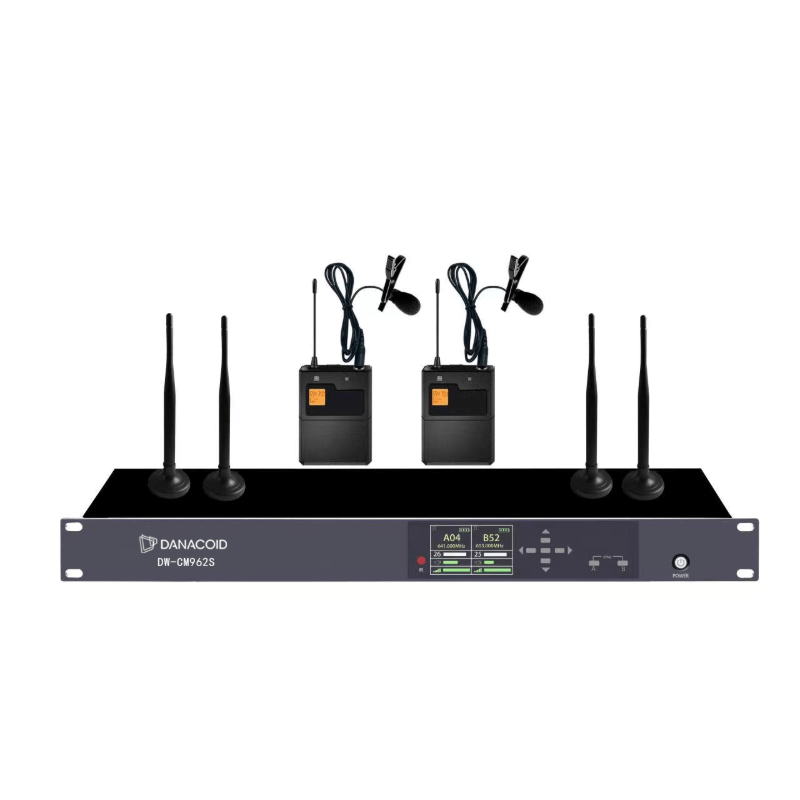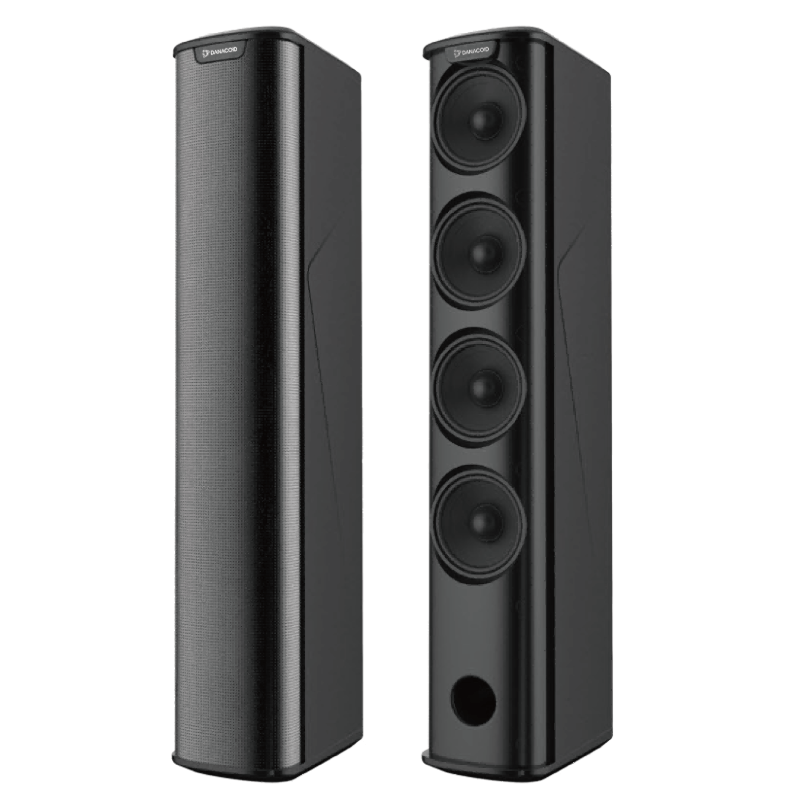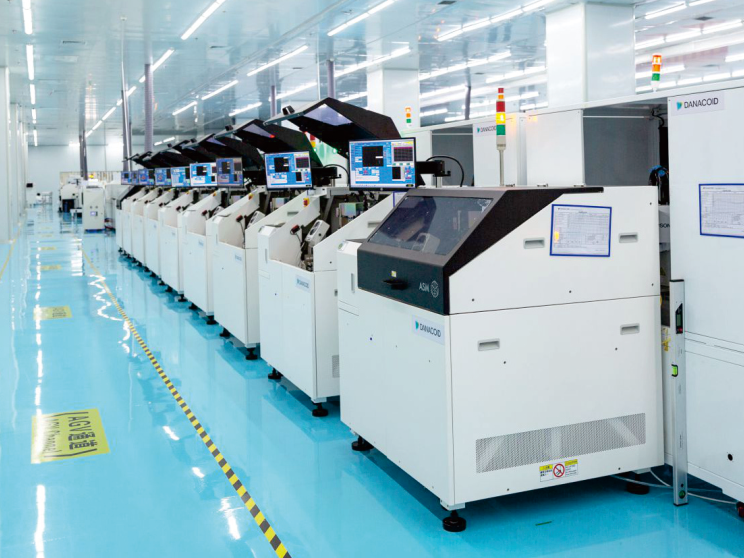segnale dsp
Un segnale DSP, o segnale di Digital Signal Processing, rappresenta un componente fondamentale nei moderni sistemi elettronici, fungendo da elemento essenziale nell'elaborazione digitale dell'audio, delle immagini e nelle telecomunicazioni. Questa tecnologia sofisticata converte i segnali analogici in formato digitale attraverso processi di campionamento e quantizzazione, consentendo una manipolazione e un'analisi precisa dei dati in tempo reale. Il segnale DSP opera prelevando segnali analogici continui e trasformandoli in sequenze numeriche discrete che possono essere elaborate da sistemi digitali. Questa conversione permette operazioni matematiche complesse, filtraggio e miglioramento dei segnali senza degrado della qualità. La tecnologia incorpora algoritmi avanzati per la riduzione del rumore, l'analisi delle frequenze e il potenziamento del segnale, rendendola essenziale in applicazioni che vanno dagli smartphone agli apparecchi per imaging medico. Nei sistemi audio professionali, i segnali DSP consentono una precisa manipolazione del suono, equalizzazione ed elaborazione degli effetti. La tecnologia svolge inoltre un ruolo cruciale nelle moderne telecomunicazioni, garantendo una trasmissione vocale chiara e un trasferimento efficiente dei dati attraverso le reti. Grazie alla capacità di gestire contemporaneamente più canali ed eseguire elaborazioni in tempo reale, i segnali DSP sono diventati indispensabili in settori come i sistemi radar, la tecnologia sonar e gli strumenti per la ricerca scientifica.



















